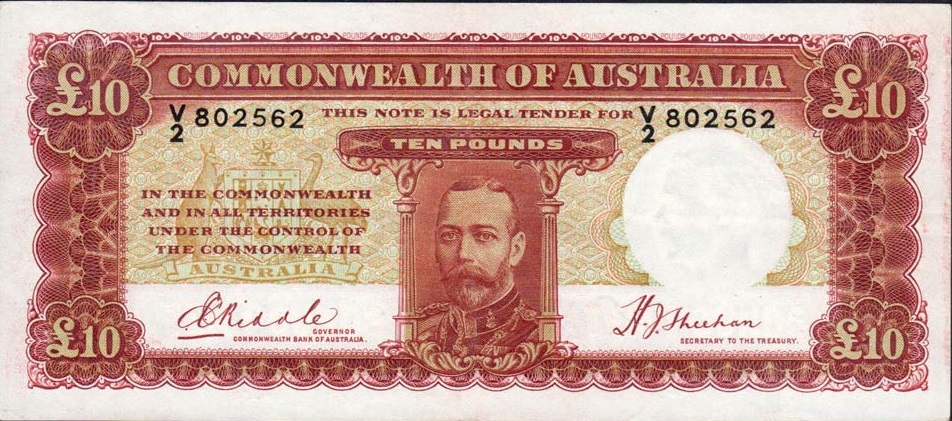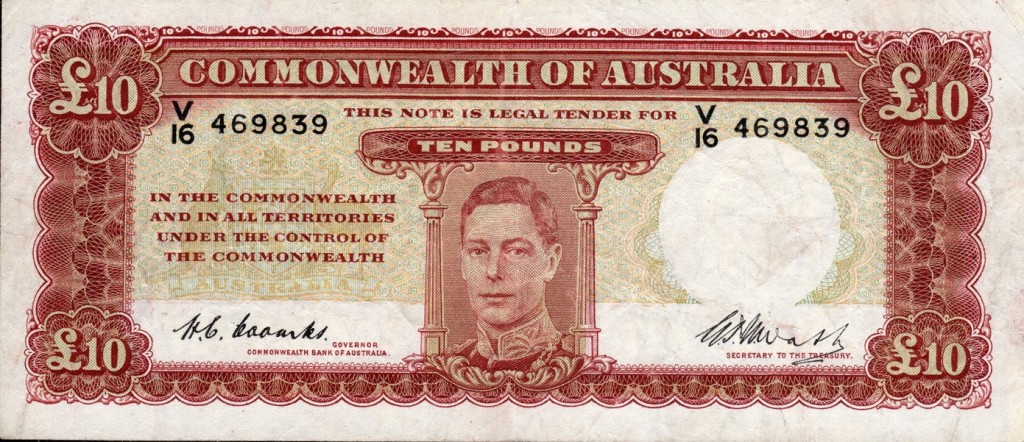Update 12 May 2017: For a non-mainstream media view of the overall Budget, see the articles by Michael Keating, former Secretary of the Departments of Finance and Prime Minister and Cabinet, in Pearls and Irritations. Part 1, Part 2. There’s also a couple of articles by Ian McAuley, here and here. On the vexed issue of housing policy, there is a series of articles on Pearls and Irritations by various knowledgeable people, accessible from here, plus this in Inside Story, by John Daley and Brendan Coates.
_______________
The Veterans’ Affairs portion of the Commonwealth Budget very rarely rates a mention in the annual wrap-ups, though this year the government’s welcome initiatives on veterans’ health and employment have got a run in some media. This note mostly focusses, however, on spending associated with the Anzac centenary and the ‘century of [Australian Defence Force] service’, a figure which has exercised us now for about three years. The note draws upon these key sources:
- Minister Tehan media release on Budget night;
- Defence portfolio (Department of Veterans’ Affairs) Portfolio Budget Statement 2017-18 (this includes the Australian War Memorial); and
- Budget Measures: Budget Paper No. 2, 2017-18, particularly pp. 177-82.
 Australian Ten Pound note, c. 1935 (Australian Banknotes)
Australian Ten Pound note, c. 1935 (Australian Banknotes)
Commemoration
Department of Veterans’ Affairs
There is an additional $19.6 million over two years to support domestic and international commemorative activities for the Anzac centenary and century of service, and the 100th anniversary of the 1918 Armistice.
The Government will continue to acknowledge and commemorate the service and sacrifice of the men and women who served Australia and its allies in wars, conflicts and peace operations. The Anzac Centenary and Century of Service commemorative programs conclude in November 2018. The centrepiece of the last stage of the Anzac Centenary period will be the commemoration of the 100th anniversary of the Armistice, on Remembrance Day – 11 November 2018, at the Australian National Memorial at Villers-Bretonneux in France. (DVA PBS p. 19)
Earlier in the year, though, this will happen:
A key milestone in the Anzac Centenary period will be the opening of the Sir John Monash Centre at Villers-Bretonneux in France in April 2018. The new, state of the art interpretive centre will tell the story of Australia’s involvement on the Western Front during the First World War. (DVA PBS p. 19)
Honest History has followed this project closely: use our Search engine with search terms such as ‘Monash’, ‘Villers-Bretonneux’ and ‘boondoggle’.
Other DVA money will go towards improving security at overseas commemorative venues, social media projects to provide a legacy of the Anzac centenary and century of service commemorations, community grants for projects to mark the end of World War I, and travel arrangements for Victoria Cross winners and their families to attend commemorative events.
Australian War Memorial
Over at the War Memorial, there is $5 million from the Budget
to develop a first pass business case for additional exhibition space at the Australian War Memorial (AWM), including the addition of an Afghanistan Peacekeeping exhibition. The development of the first pass business case will outline options to increase exhibition space so that the AWM can tell more stories of recent conflicts and display a comprehensive collection of wartime objects. (DVA PBS p. 177)
There is no indication of how expensive this additional space and what fills it might eventually be but a business case costing $5 million hints at lots of work continuing over many years and costing a lot – assuming, of course, the business case is accepted. (The Memorial’s acting director has suggested the business case would project development continuing over six to seven years.)
The Memorial also anticipates commemorations of the 50th, 75th and 100th anniversaries of various battles, temporary exhibitions on Special Force and – most welcome – the consequences of war, as well as commemoration of the centenary of the 1918 Armistice. There will be artworks acquired and publications published (DVA PBS p. 93).
 Australian Ten Pound note, 1949 (Australian Banknotes)
Australian Ten Pound note, 1949 (Australian Banknotes)
Estimating the total Australian commemoration spend
Earlier material is here and in the links hanging therefrom. Honest History’s most recent estimate (April 2016) of Australia’s total Australian spend on the Anzac centenary and the century of service was $566.8 million. The additional $19.6 million in the Budget for DVA, would take the figure to $586.4 million, comprising around $351 million Commonwealth, $140 million states and territories, and $95 million corporates. This is a conservative estimate, as we have not attempted to add in any additional spending in state and territory budgets for the last couple of years, nor have we included estimates of amounts promised by corporates to the Anzac Centenary Public Fund since early 2016 but not announced.
We have not included the War Memorial $5 million in the total spend, as it is not explicitly to do with Great War commemoration or the century of service. The Budget papers state that the additional DVA $19.6 million ‘builds on previous funding of $162.4 million for Centenary of ANZAC related activities’ (Budget Measures, p. 177). Honest History asked DVA for more details about this amount and was provided with Department of Finance figures for the 2012-13 to 2016-17 Budgets. The amounts in these Budgets did indeed total $162.4 million, but Honest History is not convinced that the amounts tallied are comprehensive. Watch this space.
Veterans’ Affairs initiatives
We mentioned other initiatives in the Veterans’ Affairs portfolio. The best source for these is pages 177-82 of the Budget Measures, which covers improving claims processing, improved access to health care for Australian participants of British nuclear tests and veterans of the British Commonwealth Occupation Force, improved health care arrangements, income support bonus – continuation, increasing veterans’ workforce participation, mental health treatment for current and former members of the Australian Defence Force – expanded access, Repatriation Pharmaceutical Benefits Scheme – new listings and price amendments, Suicide Prevention Pilots, supporting veterans’ employment opportunities, Veteran Centric Reform, and Veterans and Veterans’ Families Counselling Service – expansion.
Minister Tehan’s media release summarises these measures and their costs, which range from $166 million for Veteran Centric Reform (modernisation of information technology), through $9.8 million on suicide prevention and related areas, down to smaller amounts for other programs. The Minister said ‘this year’s Budget represented a significant increase in funding of $350 million in support of veterans and demonstrated the Government’s commitment to the men and women who defend our nation’.
A machinery of government proposal
ABC TV news used a picture of the Australian War Memorial to illustrate a story about cultural institution increased funding after years of ‘efficiency dividends’ and cheese-paring cuts. Actually, in recent years the Australian War Memorial has done rather better financially than other national institutions, partly because it does not have to compete for funding within a common portfolio. In the final chapter of The Honest History Book, Alison Broinowski and David Stephens said
we should ‘level the playing field’ between the institutions that promote Anzac (and flirt with Anzackery [the cloyingly sentimental and jingoistic version of the Anzac legend]) and the other cultural institutions that deal with the broader spread of our history. At the federal level, the Australian War Memorial should be removed from the Veterans’ Affairs portfolio (under the Defence umbrella) and returned to a cultural portfolio, from one of which it was excised more than 30 years ago. The memorial would then have to compete directly for public money with institutions such as the National Gallery, the National Library and the National Museum, rather than continue its privileged funding of more and more buildings to house more and more military relics (pp. 289-90).
 Australian Ten Pound note, 1960 (Australian Banknotes)
Australian Ten Pound note, 1960 (Australian Banknotes)
The War Memorial as graveyard for military kit
While the funding for cultural institutions is welcome, the additional $5 million for the War Memorial to look at how to get and fill more space flags the continuation of the pattern referred to in The Honest History Book. The Acting Director of the Memorial has provided more information, describing plans to burrow under the Memorial’s forecourt and make other adjustments to find space for a Chinook helicopter, a Seahawk aircraft, two F/A18s, and other relics of the Afghanistan and Iraq wars.
The Memorial’s continuing keenness for scrounging, polishing and displaying superannuated military kit – it has an annual ‘Big things in store’ open day and it recently farewelled ‘Mephisto – rarest tank in the world‘ – emerges from this paragraph in the Portfolio Budget Statement:
Collecting in this period will continue to be driven by the availability of large technology and other equipment used by members of the Australian Defence Force (ADF) over a generation of operations in war and in peacekeeping and humanitarian missions. Memorial curators will continue joint deployments with the ADF to current areas of operation to identify and collect objects, records and stories to enhance Australia’s understanding of areas of operation and activity. (DVA PBS p. 94)
On the other hand, the idea of ‘new reflection areas for families of Australia’s war dead’ should be welcomed, and the Memorial has recently put some effort into telling stories in new, nuanced ways: see its Afghanistan video.
Other cultural institutions
Outside Veterans’ Affairs but in the ‘cultural’ area, institutions like the National Library, the National Gallery, the National Museum and the Museum of Australian Democracy at Old Parliament House will receive some much-needed additional funding. Particularly noteworthy is the $16.4 million for the Trove service at the National Library, funding which was announced in MYEFO in December.
12 May 2017


Leave a Reply
You must be logged in to post a comment.